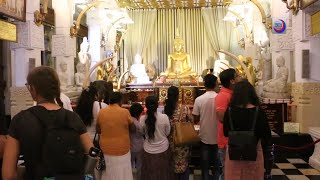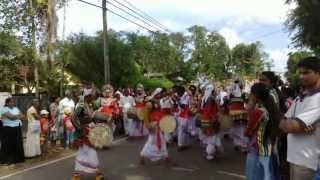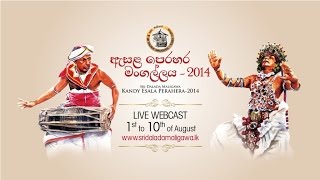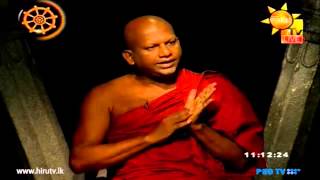Saturday, 03 January, 2026г.
















Где искать: по сайтам Запорожской области, статьи, видео ролики
пример: покупка автомобиля в Запорожье
Kataragama Esala Perahera Festival Sri Lanka
About Ruhunu Maha Kataragama Dewalaya Esala Perahera Festival
Every year in the month of July or August, Kataragama throbs with life. A site of pilgrimage for all faiths, this city located in the southeast coast of Sri Lanka, is always crowded but during the annual festival it becomes a seething mass of people. A huge number of people from all over the island travel to Kataragama, drawn by the annual festival and Perahera.
The Perahera is preceded by the Kap situweema ceremony which is held approximately 45 days before the festival begins. The inaugural Perahera commences at the auspicious time with the cracking of whips and sound of drumming. Perahera means procession and that is exactly what it is; a procession with a multitude of dancers, drummers and flag bearers. Like all Peraheras in Sri Lanka, the elegantly decorated elephants are a highlight that always draws attention. Drummers and dancers step among the elephants and fire from hand held torches illuminates the pageant, turning Kataragama into a whirlwind of activity. For the visitor it’s a kaleidoscope of colors, rhythm and motion.
Kataragama Perahera Festivel
Fire Dnacers in Katharagama Perahara
A notable feature is the use of the kaavadi, an arched pole decorated with colored paper and peacock feathers. Pilgrims carry these kaavadi on their shoulders, while stepping or dancing to the sound of drumming. Many are not professional dancers, but perform as the fulfillment of a vow. Infliction of physical pain for atonement of sins is part of the rituals at Kataragama; some pilgrims pierce their lips, cheeks or tongue with silver arrow-headed pins. Others hang suspended from beams or dragging carts through hooks pierced in their backs.
The Perahera begins on July 1 and from the sixth day onwards the Perahera will take place with the participation of the Basnayake Nilame of the Ruhunu Maha Kataragama Devale. From July 1-14 the Perahera will proceed from the Maha Devale to the Valli Amma Devale and proceed back along Main Street to the Maha Devale again. The final Perahera on the night of July 15 will proceed from the Maha Devale upto the Kiri Vehera, then back to the Valli Amma Devaleand from there back to the Maha Devale.
One of the most well known parts of the festival is the fire-walking ceremony where pilgrims walk over a mass of embers raised by burning logs. Devotees claim that their faith prevents them from harm when stepping on the hot embers. The Perahera ends with the water cutting ceremony with the plunging of a sword into the waters of the Menik Ganga, all peraheras traditionally end with this ceremony.
Теги:
Kataragama Esala Perahera Festival Sri Lanka Kataragama Esala Perahera Festival Esala Perahera Perahera Festival Sri Lanka Perahera perahera kataragama Kataragama Esala Perahera Kataragama kataragama perahera perahera sri lanka katharagama perahara esala kataragama perahera 2016 perahera music kataragama kawadi dance kataragama deviyo kataragama perahera kawadi kataragama perahera sinhala kataragama perahera monara dance katharagama perahara 2017
Похожие видео
Мой аккаунт


 У вашего броузера проблема в совместимости с HTML5
У вашего броузера проблема в совместимости с HTML5


